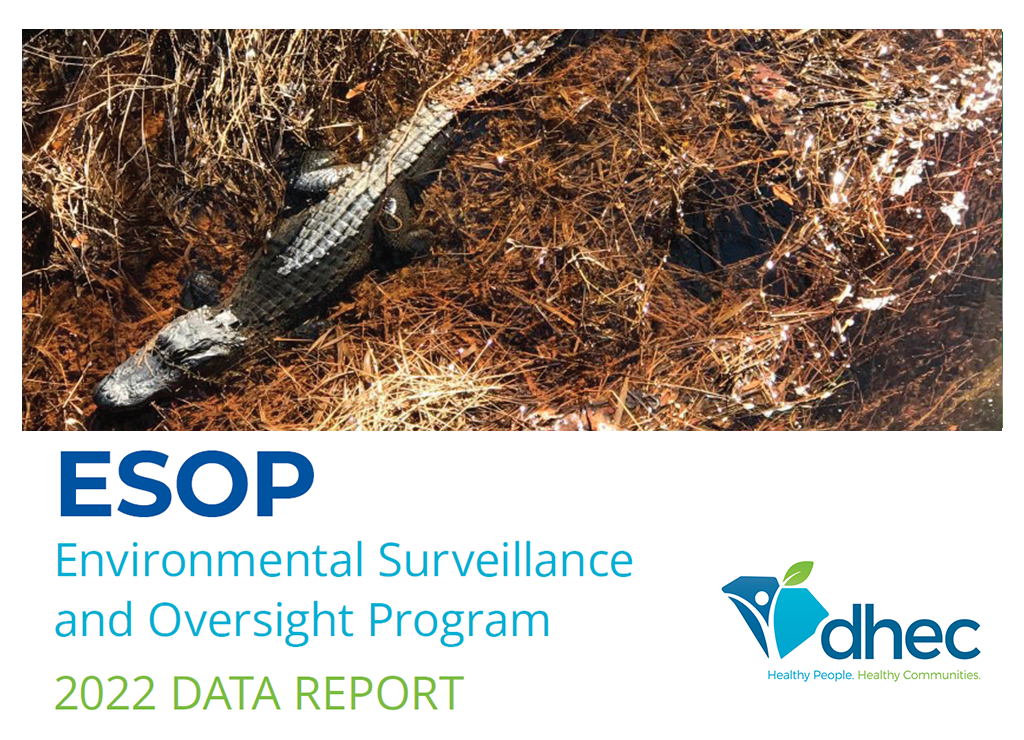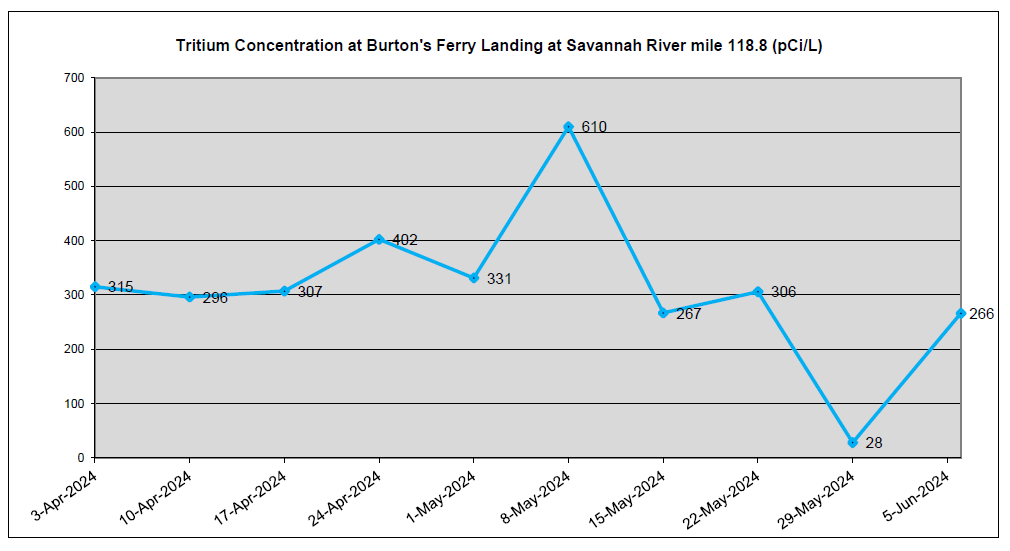Environmental Surveillance and Oversight Program Overview
In 1995, South Carolina Department of Health and Environmental Control (DHEC) enrolled in an Agreement in Principle (AIP) program with the U.S. Department of Energy –SRS (DOE-SR). As a result of this agreement, the Environmental Surveillance and Oversight Program (ESOP) was created in DHEC’s Midlands Aiken Environmental Affairs office. ESOP supports and compliments the agency’s comprehensive regulatory program at the Savannah River Site (SRS) by focusing on activities not supported or covered through the normal regulatory framework.
ESOP's primary function is to evaluate the effectiveness of SRS environmental monitoring activities. To accomplish this, scientists:
- Conduct non-regulatory monitoring activities on and around the SRS
- Conduct evaluations of the SRS’s monitoring program
- Provide an independent source of information for the public pertaining to levels of contaminants in the environment from historical and current SRS operations
The team monitors air, groundwater, drinking water, surface water, soil and sediment, milk, vegetation, and fish and game for the presence of radiological and non-radiological chemicals. Each year we conduct a critical pathway/dose assessment to calculate the potential exposure or dose to the public within 50 miles of the center of the SRS.
Annual Reports and Outreach
In pursuit of DHEC’s mission of promoting and protecting the health of the people and the environment, ESOP is committed to educating the public of its findings. ESOP publishes an annual report providing the results of its studies, comparisons with DOE-SR’s data, and a calculated dose. The most current report can be found below, and past results can be found under the Monitoring Data & Sampling Locations, Maps heading.
Along with publications, ESOP’s efforts and results are also provided to the public through presentations and hands-on demonstrations at SRS Citizen Advisory Board (CAB) meetings, local community groups, Aiken County schools and career fairs, USC Aiken’s Science Enrichment and Education Day (SEED), and local Earth Day celebrations. If your organization would be interested in having one of our scientists provide a presentation to your group or event, please reach out to the Midlands Aiken Environmental Affairs office at 803-642-1637.
The following annual reports provide monitoring data for the Savannah River Site. The data was collected by DHEC's Environmental Surveillance and Oversight Program (ESOP).
Weekly Tritium Data for Radiological Surface Water Monitoring
Through an AIP with and funding from the DOE-SR, ESOP is able to conduct continuous monitoring of the Savannah River and its tributaries. The sample results that are used in providing an advanced notice to drinking water systems are the result of a preliminary scan and are not considered official data. Official yearly surface water results can be found in the Annual ESOP Data Report. A weekly view of the most up-to-date tritium trend levels detected at the Burton’s Ferry Landing location can be found in the graphic below.
Weekly letters containing the most recent tritium levels are sent to downstream drinking water facilities that use the Savannah River as a resource. The courtesy notification trigger level to Savannah River downstream drinking water customers is 5,000 pCi/L for a composite sample and 10,000 pCi/L for a grab sample. The EPA established Maximum Contaminant Level for tritium is 20,000 pCi/L.

